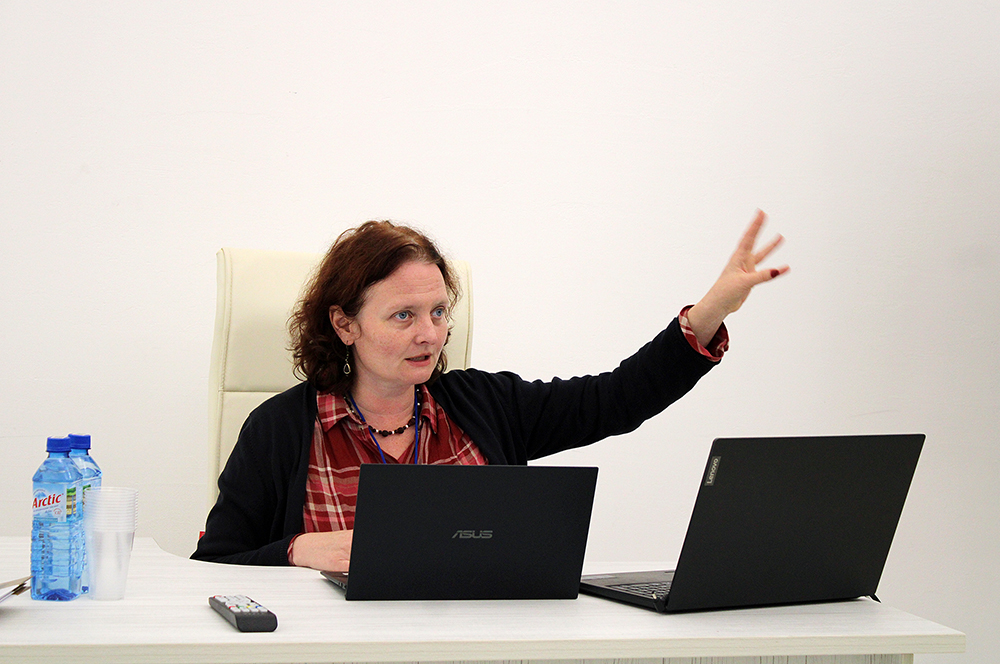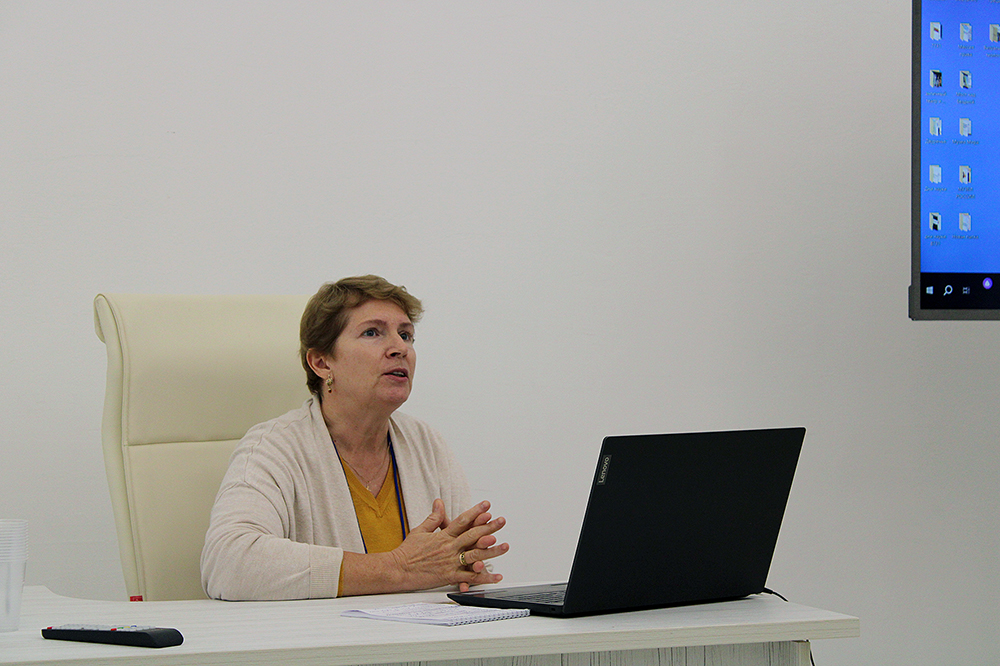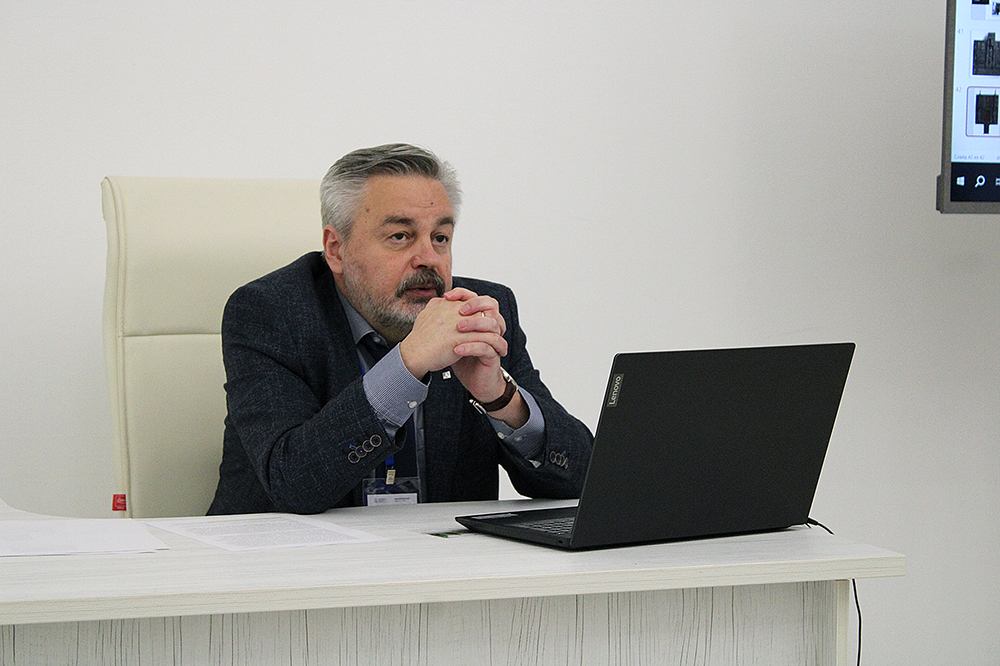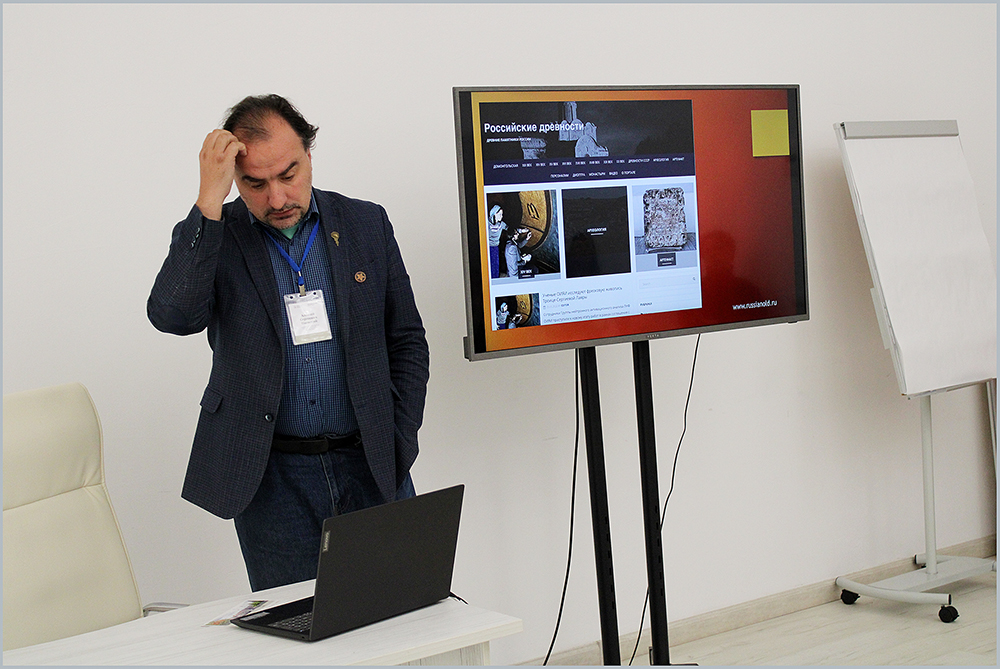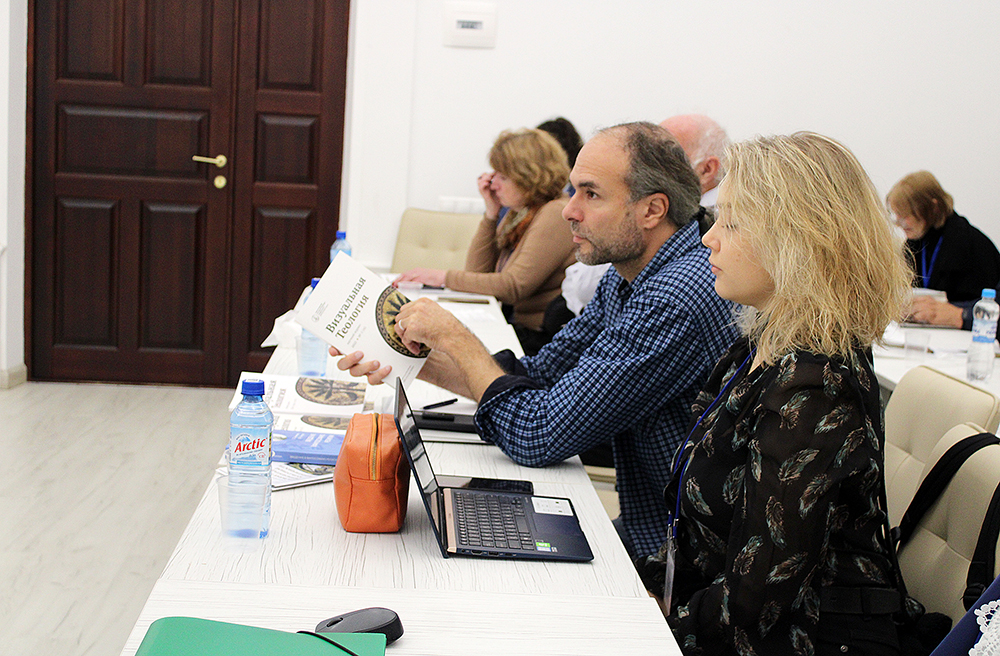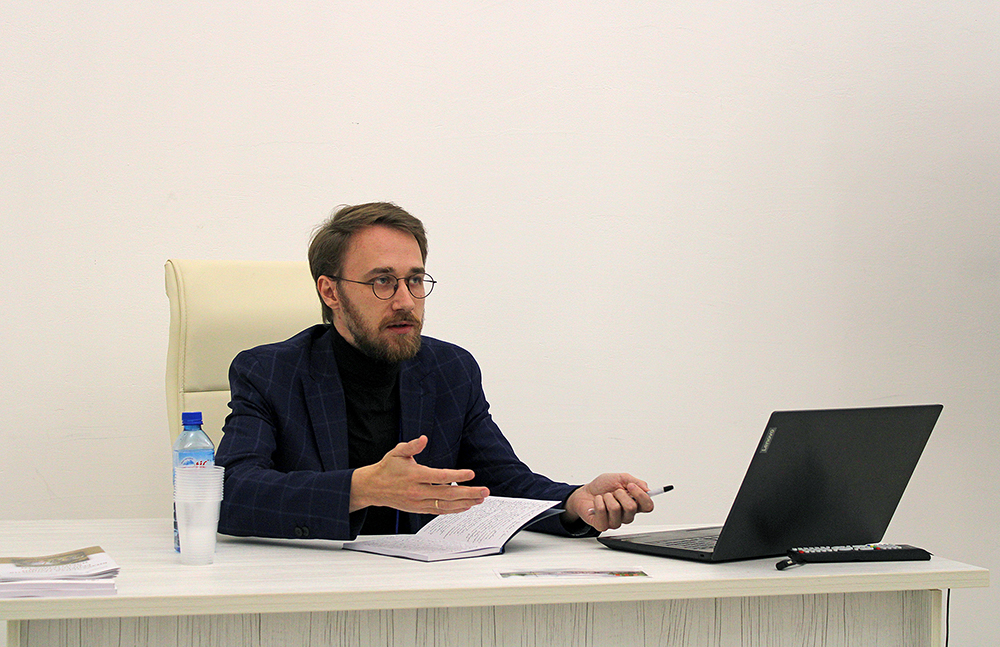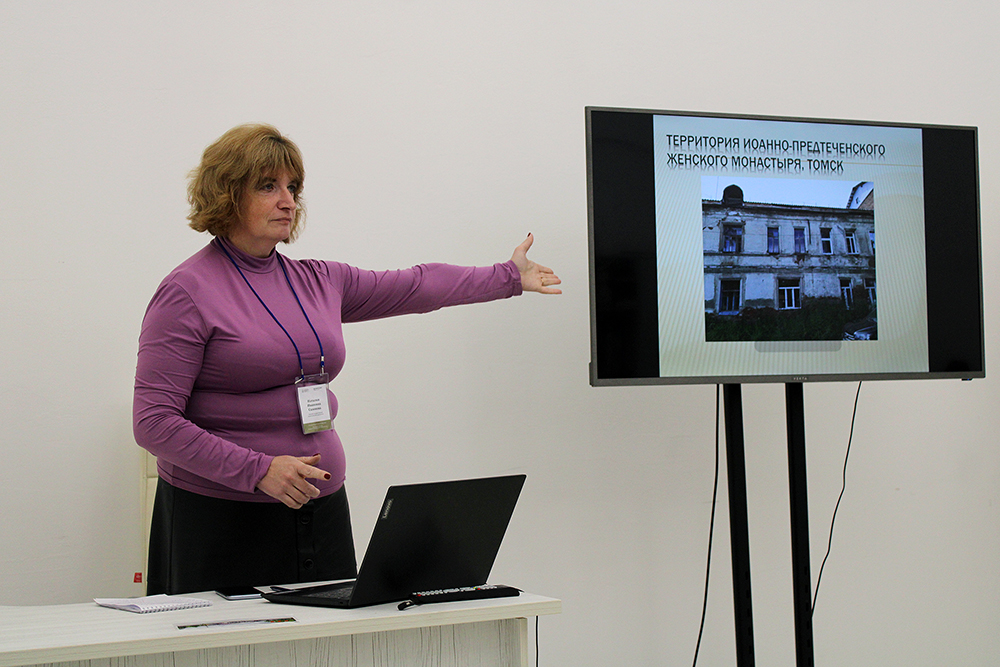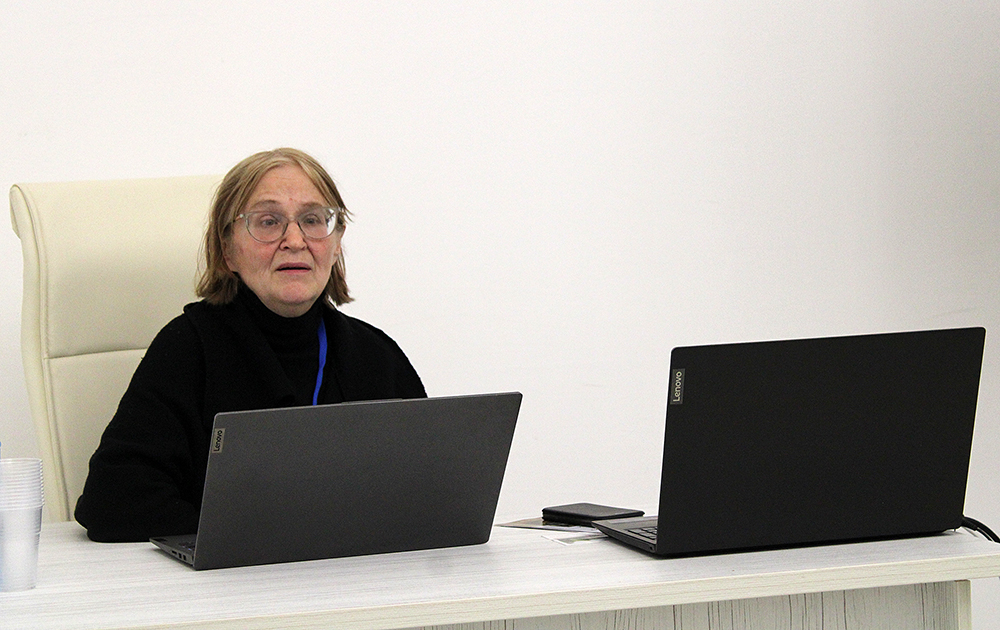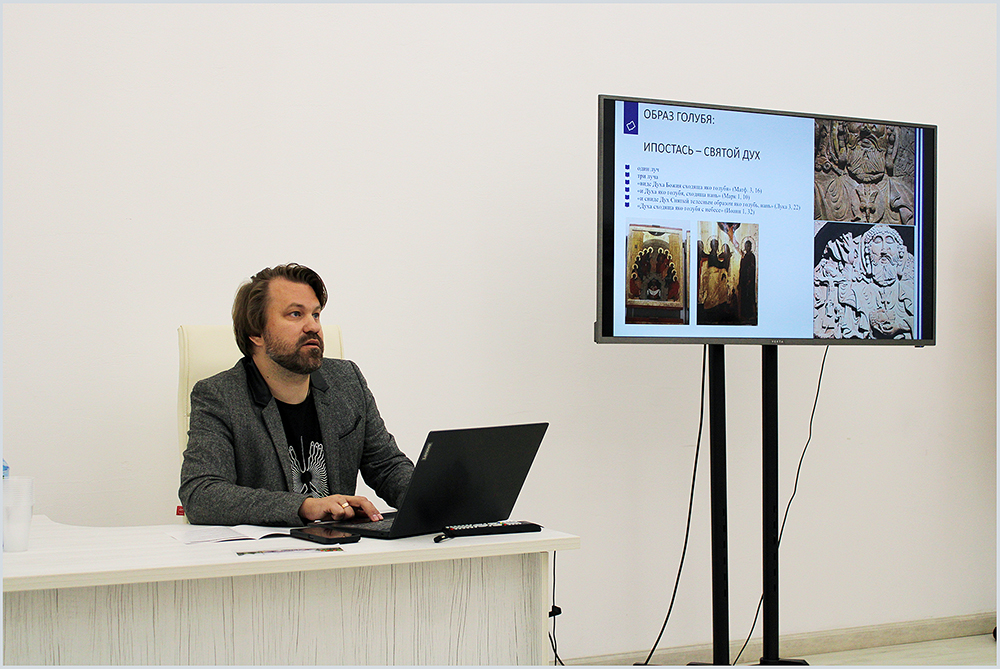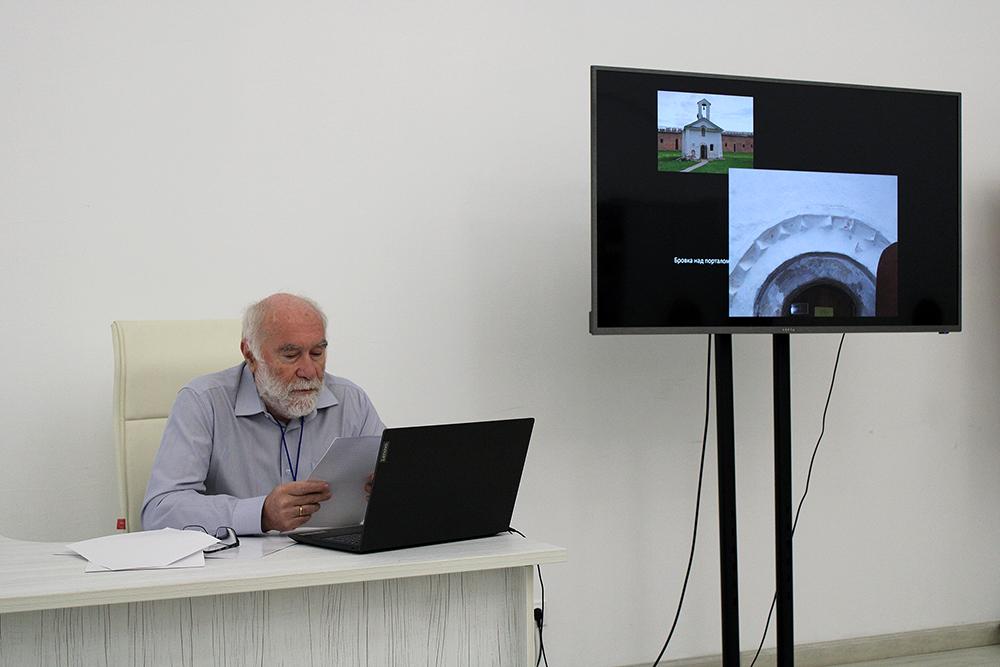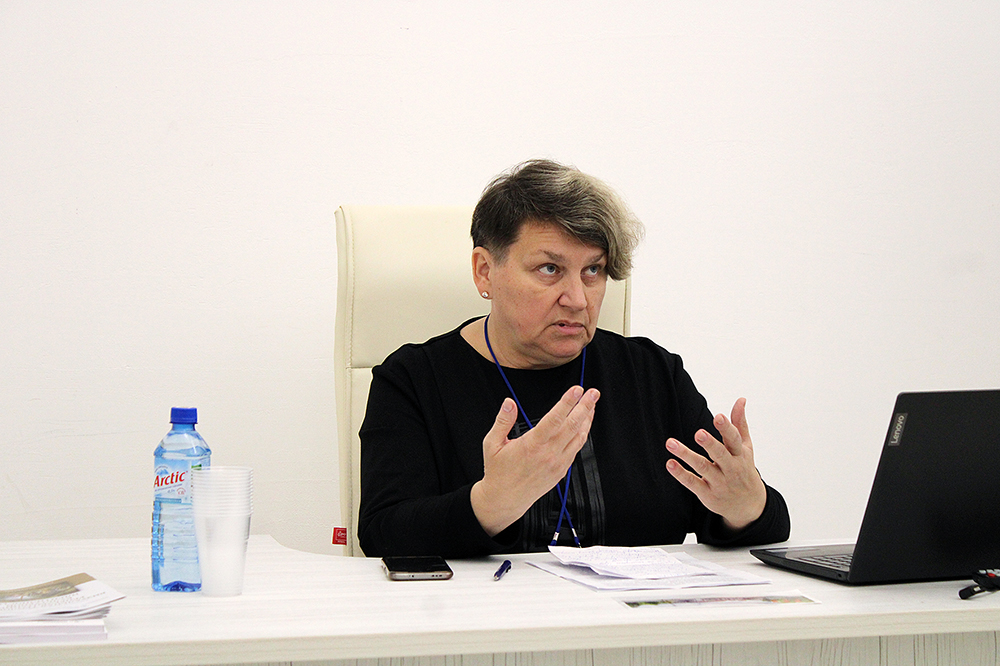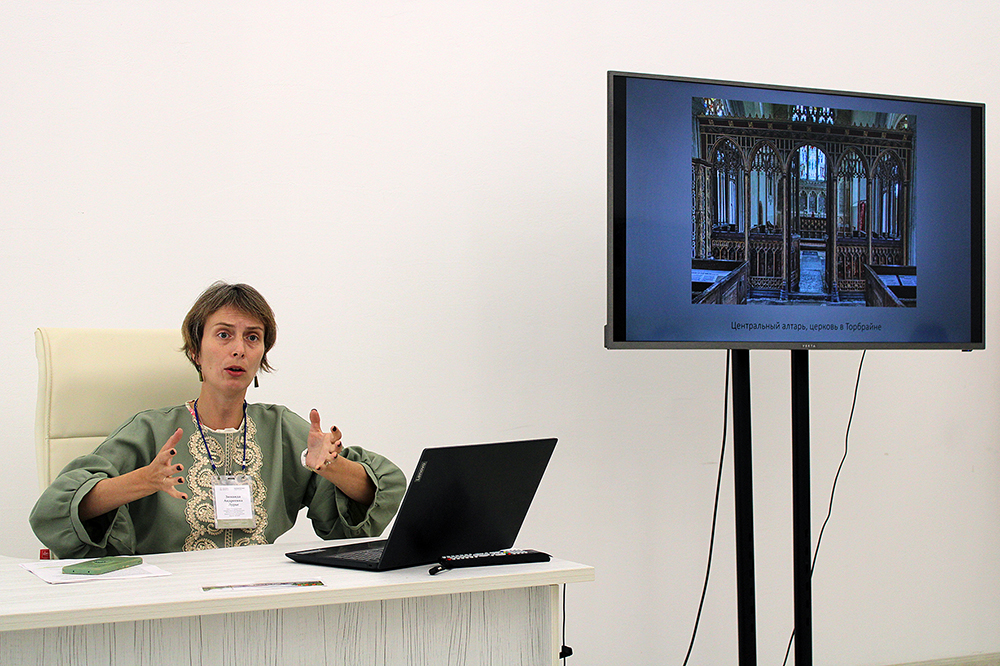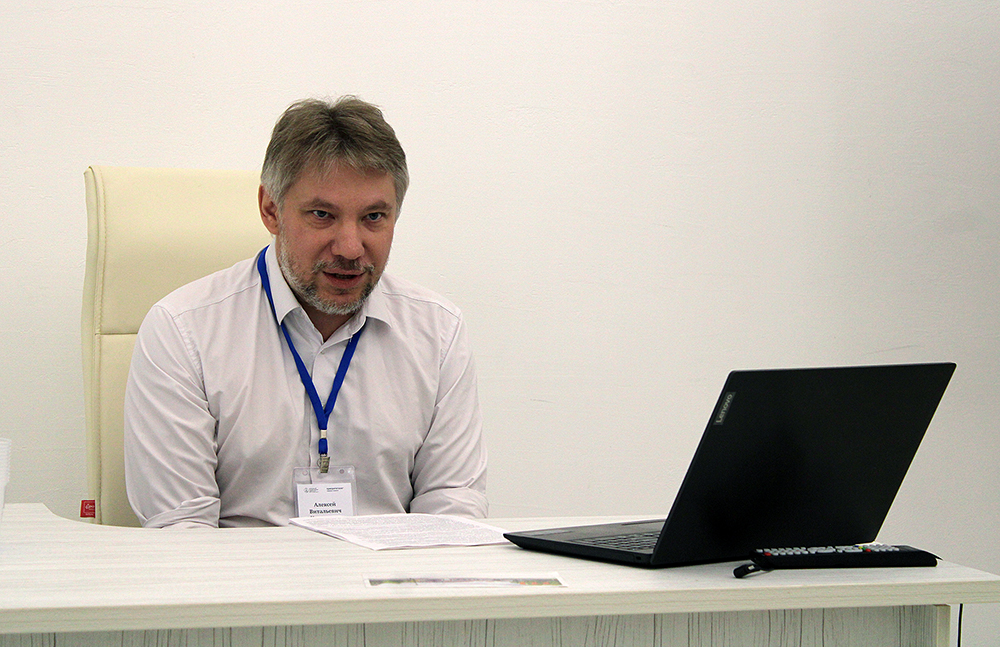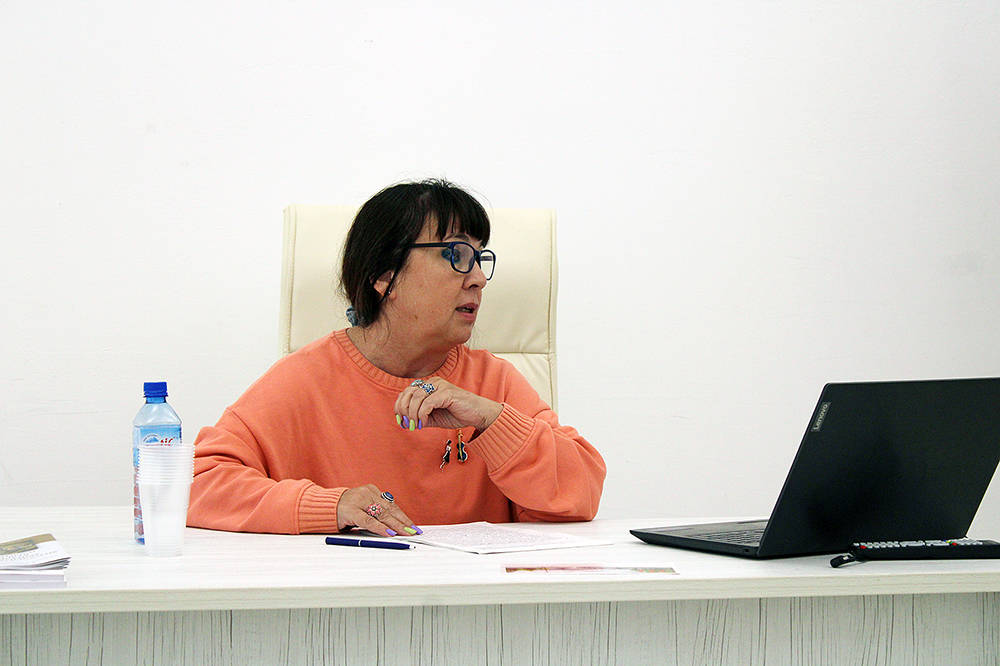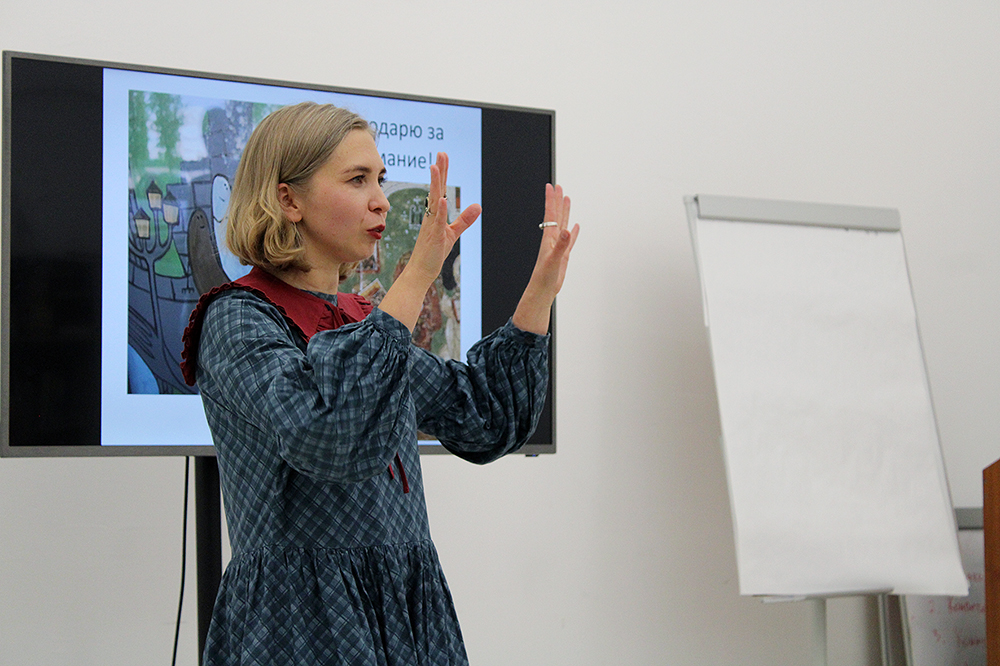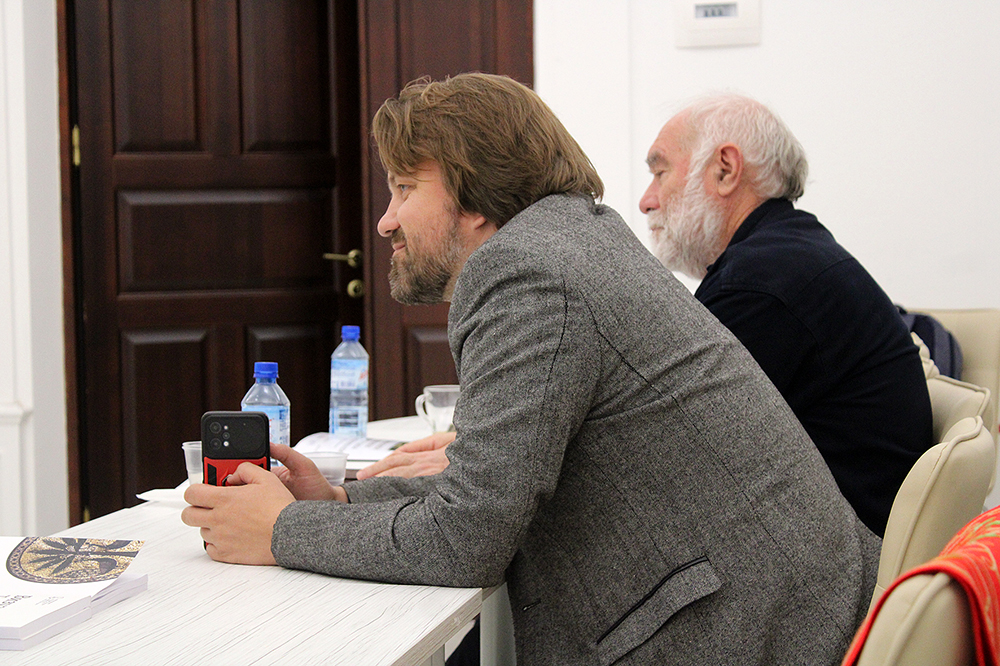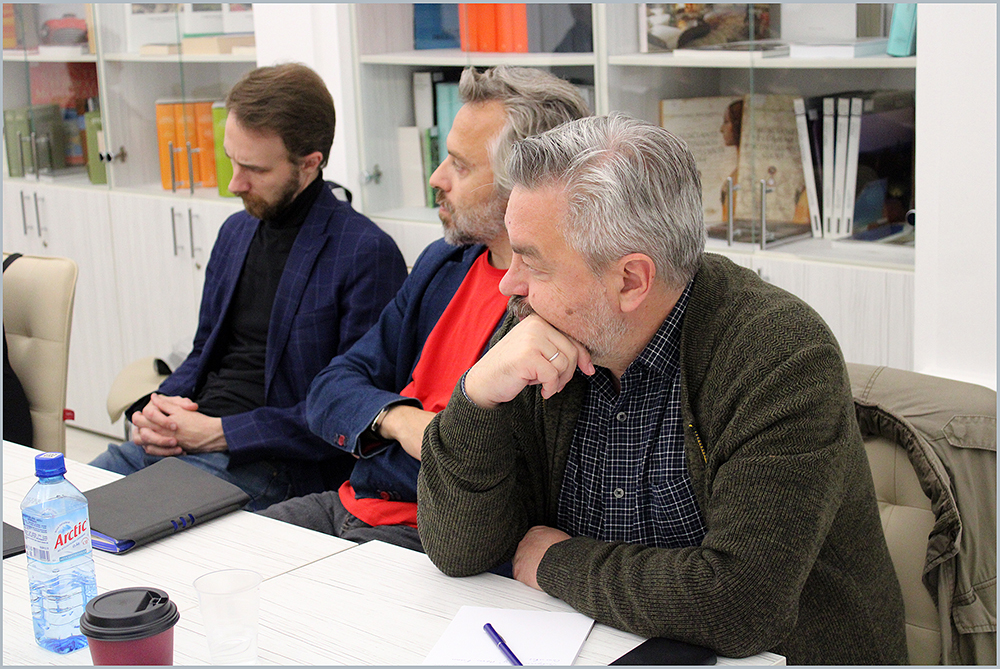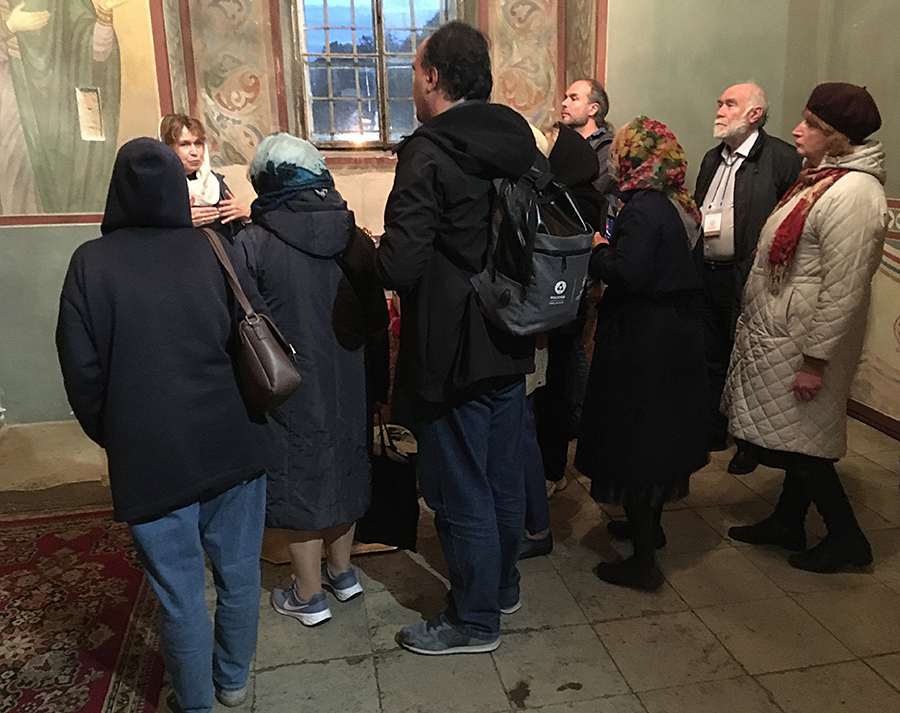The 2nd International Symposium “Visual Theology. Representations of Cultural Identity” was held at Yaroslav-the-Wise Novgorod State University
On October 2–3, 2023, the Scientific and Educational Center “Humanitarian Urbanistics” of Yaroslav-the-Wise Novgorod State University and the editorial board of the Journal of Visual Theology hosted the 2nd International Scientific Symposium “Visual Theology. Representations of Cultural Identity”. The Symposium was held on the basis of the Antonovo Higher Humanitarian School as part of the project “University as a generator of cultural identity” under the program “Priority 2030” for the development of Russian universities.
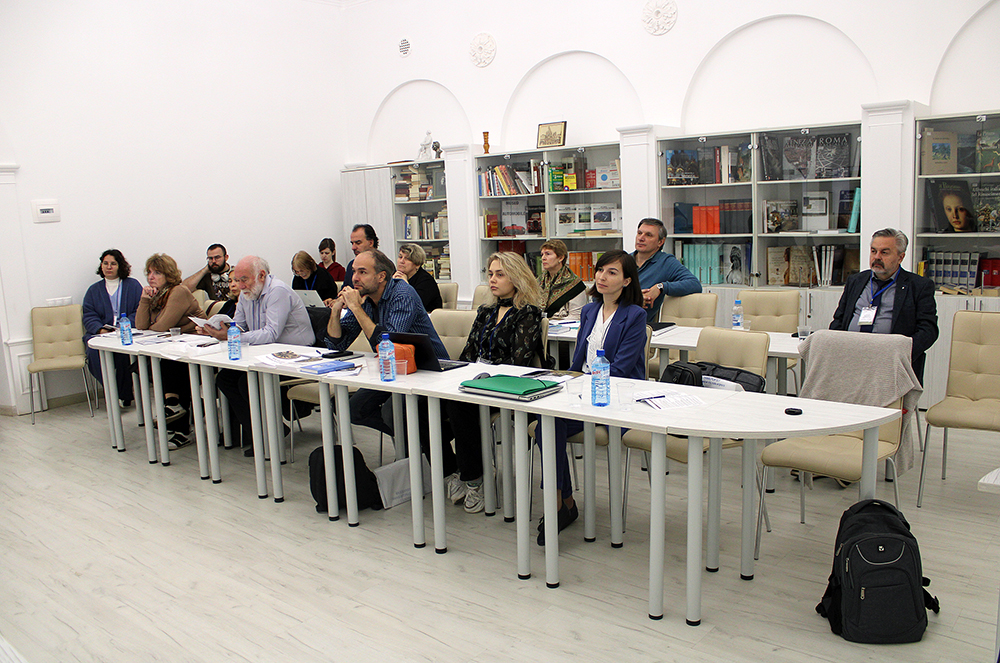
The purpose of the Symposium was to determine the role of sacred images and spatial art complexes in the formation, preservation and translation of cultural identity – both in history and in present time.
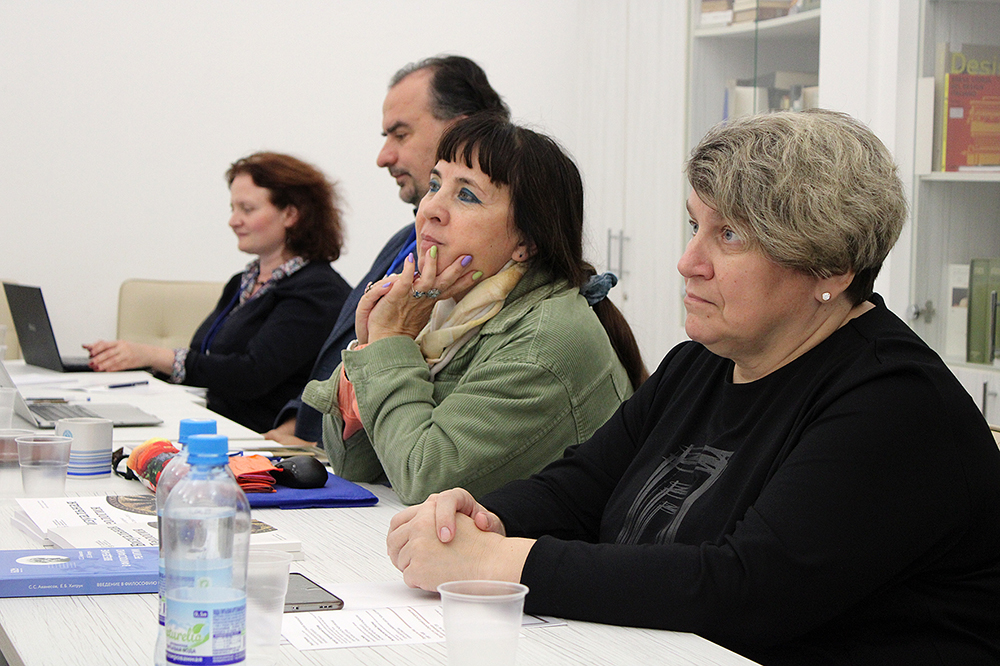
The organizers of the Symposium presume that the development of modern humanitarian knowledge in the field of visual theology contributes to a deeper understanding of such cultural phenomena as the connection of image and meaning in everyday and festive practices, the cultural memory of the nation and the regional community, the visual code of the inhabited space (city, village, monastery, region, country), forms of expression of civil identity.
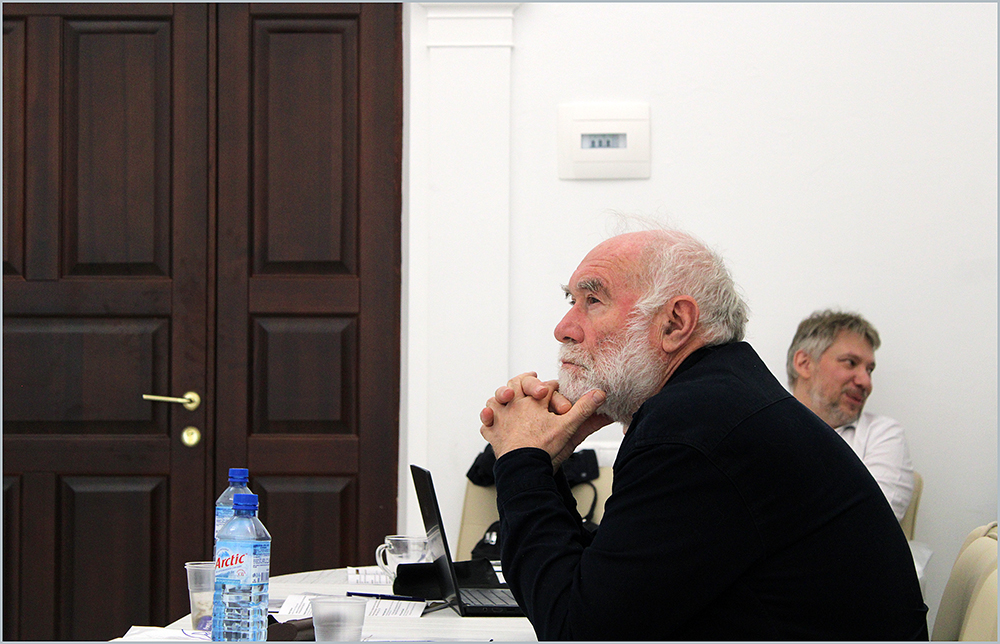
These topics determine the scope of scientific interests of the Symposium participants, gathered in the first days of October on the territory of the ancient Novgorod Antoniev Monastery. The reports were made by researchers from Moscow, St. Petersburg, Tomsk, Novosibirsk, Barnaul, Yerevan, Belgrade, Novi Sad and, of course, Veliky Novgorod.
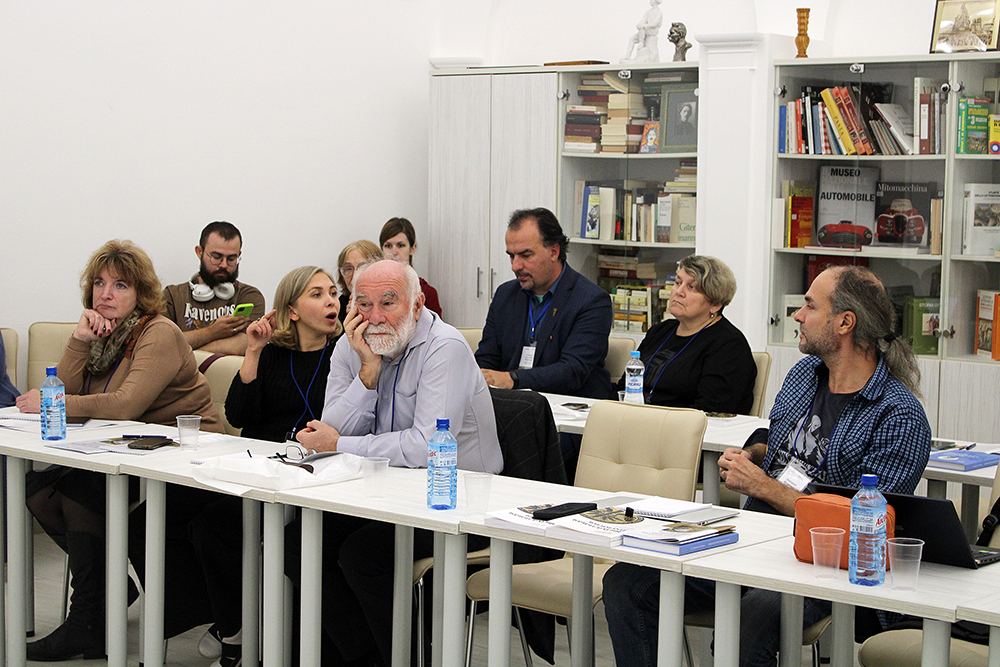
The scientific communication presented the latest research achievements in the field of iconography, architecture, urban planning, liturgical action and the general organization of sacred space. The participants of the Symposium discussed visual, ideological, social and cultural aspects of the creation and use of icons in the Soviet era, programs of temple paintings in modern Russian history, the parallel existence of religion and quasi-religion in twentieth-century Russia, the origins, traditions and theological meaning of architectural forms and iconographic subjects, the use of religious cultural codes in modern education, architecture, structure of liturgical space, visual arts and cinematography. The scientific discourse revealed the key meanings and images that provide the continuity of the national culture, presumably based on a single ideological foundation – the concept of God’s world, existing in continuous communication with its Creator.
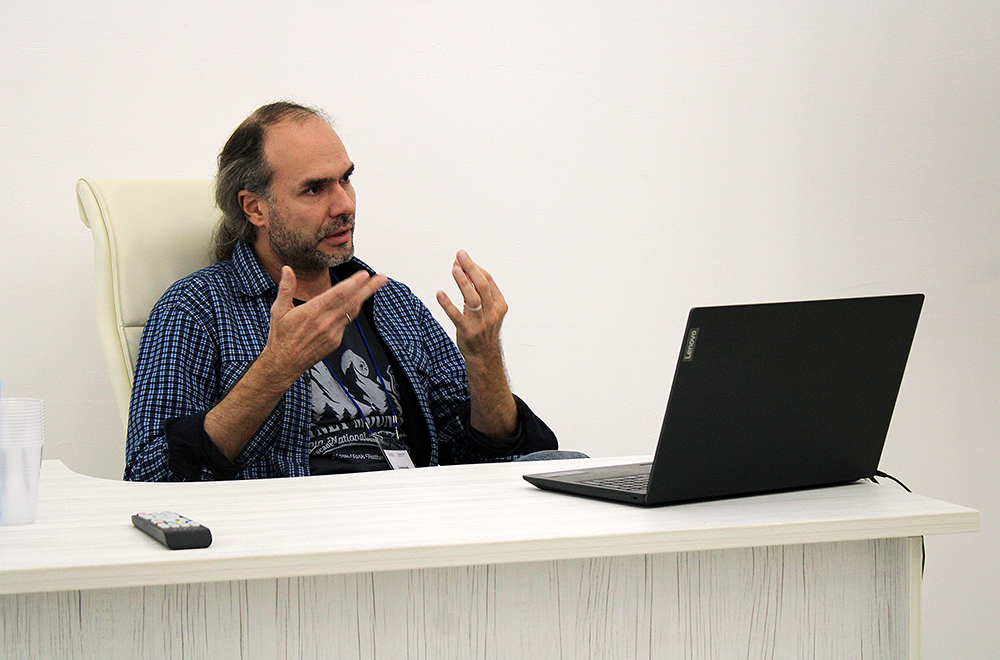
Within the framework of the Symposium there was a “round table” dedicated to the sacred cultural code of Veliky Novgorod. The participants discussed the topic of continuity in the depiction of everyday life of the city in the iconography of the 16th century and modern graphics, the role of urban onomastics in the formation of the sacred space of the historical city, as well as the results of the contest to choose the symbol of the Novgorod region, religious and secular motives of voting of Novgorodians.
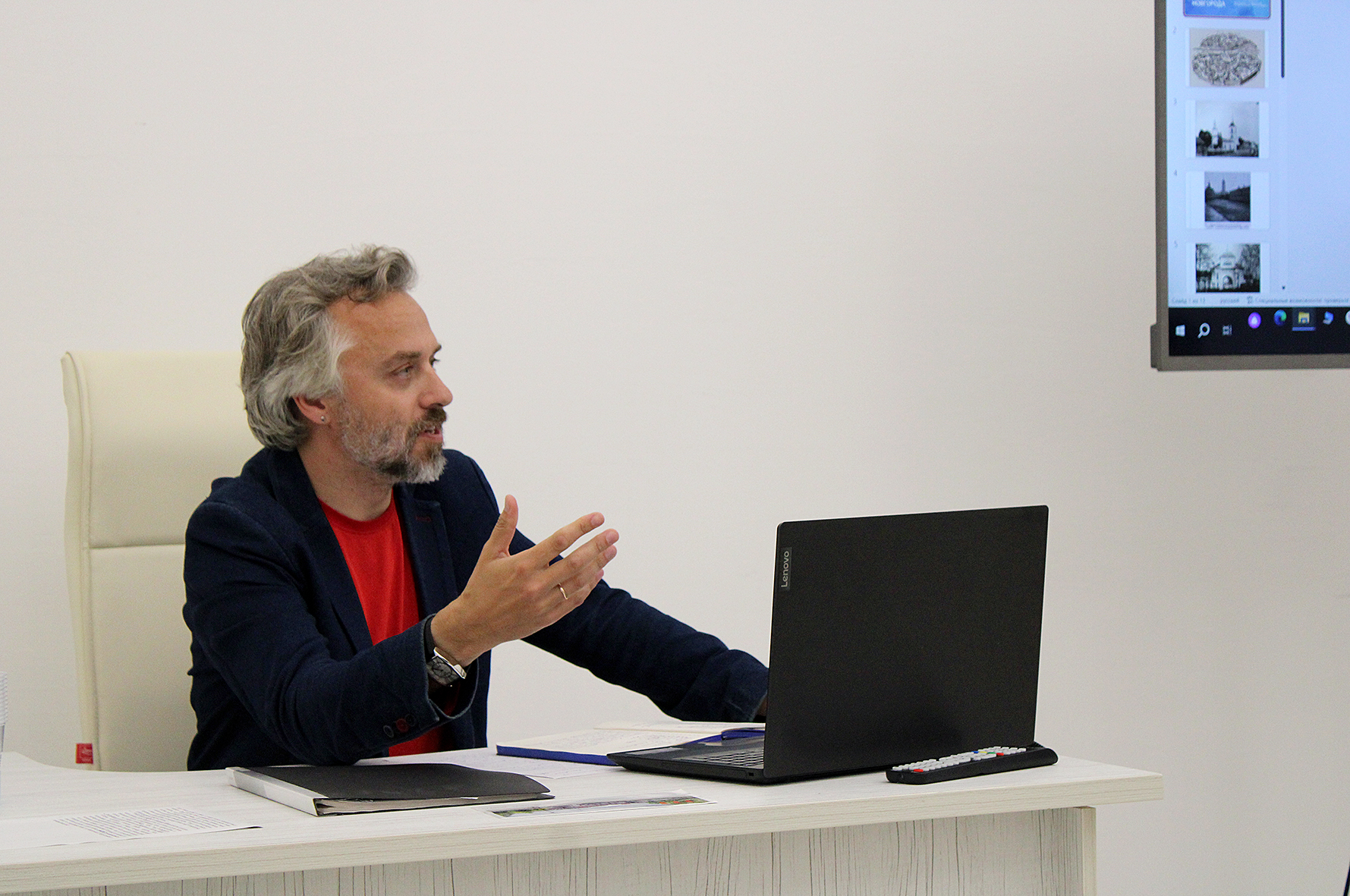
The organizers of the Symposium provided a guided tour to the Novgorod Cathedral of St. Sophia for the participants. The tour was conducted by the chief curator of the cathedral, Doctor of Art History, leading researcher of the State Institute for Art Studies Tatiana Tsarevskaya.
The photo exhibition “Russian Antiquities: Visual markers of Cultural identity” was timed to coincide with the opening of the Symposium. The exhibition was opened by the author of the photographs – a scientific journalist, editor-in-chief of the Internet portal “Russian Antiquities” Alexey Paevsky.

The Symposium became an important stage in the study of the history of the development of Russian culture with a special emphasis on the study of visual forms of preservation and transmission of cultural identity.
